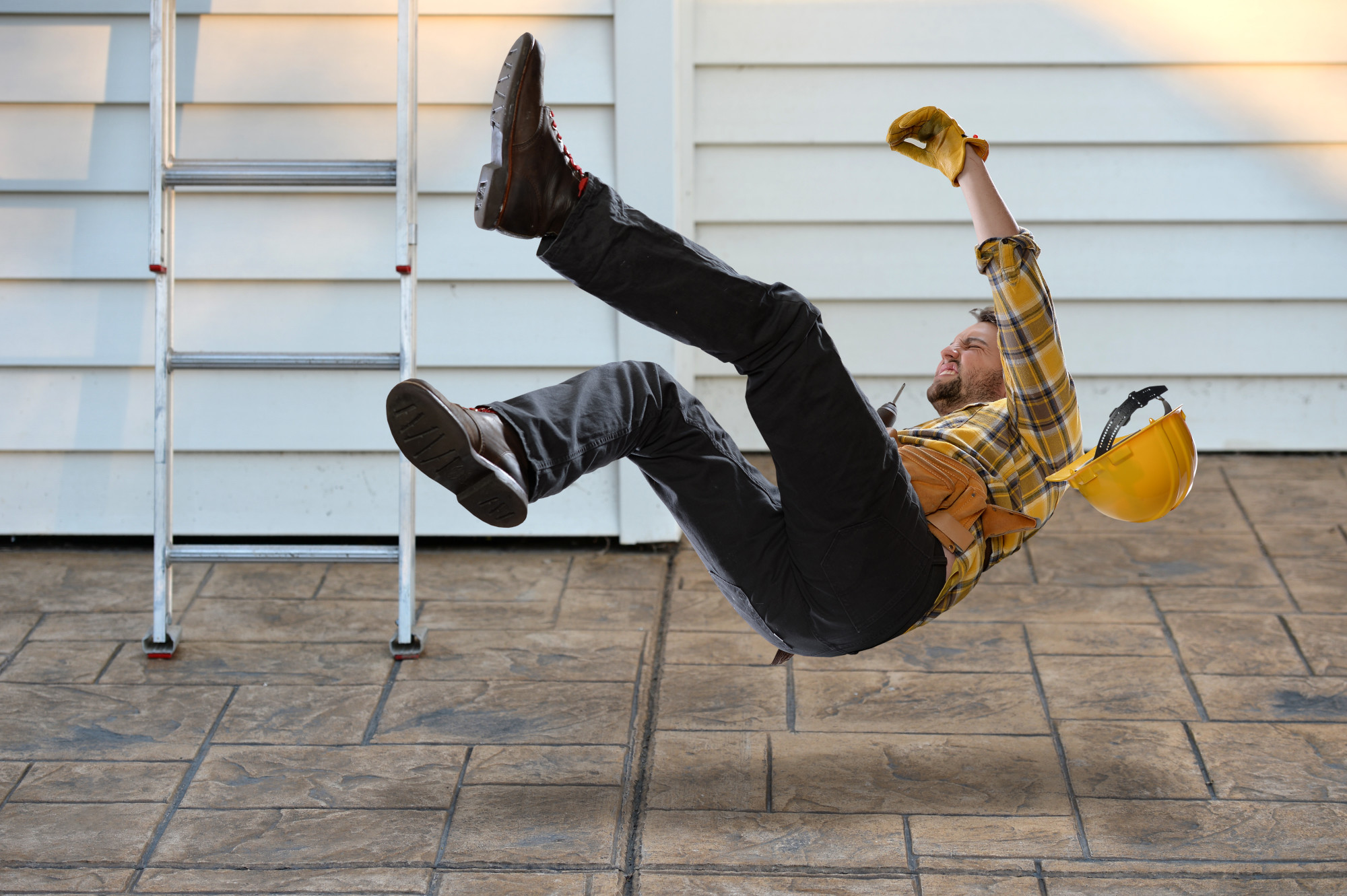How Long Will It Take to Settle a Slip and Fall Case?
If you’ve recently filed suit in a slip and fall case, you may wonder how long it could take to get your settlement. Here’s what you need to know.
Did you know that eight million people go to the hospital each year after falling? The injury is the leading cause of emergency room visits. Unfortunately, even a minor slip and fall case can be an expensive ordeal. If suffered damages due to the inaction or lack of responsibility of another part, then you deserve to be compensated.
That being said, lawsuits shouldn’t be taken lightly. They require a lot of attention, money, and time. So, exactly how long does it take to settle the average slip and fall case? In this article, we’ll be exploring this question by looking at the timeline that most cases take. Let’s get started!
How Long Does the Average Slip and Fall Case Last?
Unfortunately, there is no easy answer to these questions. That’s because each slip and fall case is unique. This causes them to differ greatly in terms of time length. Some of the short lawsuits can settle within months. Others can drag on for years at a time. So, how do you find out how long your case will last?
A lawyer might be able to give you a more detailed estimate. However, it’s important to remember that this isn’t guaranteed. Any number of unexpected events can prolong the legal process.
Timeline of a Slip and Fall Case
So, it’s tough to determine exactly how long a slip and fall case will last. However, we can take a look at the average timeline involved in one. This will help give us a better idea of all the things that need to happen. Let’s take a look!
1. Complaint/Summons
This first step is getting your lawyer to submit a document known as a Complaint. This document explains the nature of your lawsuit to the courts. It includes things like the parties involved, a description of the fall, who’s responsible, and the damage payments expected.
Typically, a slip and fall case is worth at least the cost of your medical bills. And considering the average cost of a slip and fall hospital visit is $40,000, it’s important to recover that.
However, keep in mind that you can also sue for damages like lasting physical trauma, employment problems from the injury, and psychological trauma. However, make sure you discuss it with your lawyer before filing. Once submitted, the courts will typically get back within twenty days.
2. Defendant’s Reply
Next is the defendant’s Answer, which doesn’t contain nearly as much information as the Complaint. Essentially, all the defendant has to do is accept the allegations, or deny them. They can also admit that they don’t have enough knowledge to deny or accept the claim. Once the defendant is served by the courts they have twenty days to respond to the Complaint.
3. Discovery Phase
The discovery phase is the portion of the trial where the parties find out as much information as possible. It’s typically the longest phase before a trial takes place. If it’s complex enough, or the court’s schedule is full, it can take years before ending.
It’s also one of the more expensive stages. Paying someone to handle the interrogatories and requests for production can be expensive. As such, if you can’t afford your lawsuit, then consider legal funding. You can learn more about it in this guide here.
4. Pre-trial Motions
Before the trial begins either party can file a pre-trial motion. These essentially resolve the conflict before it goes to trial. There are popular types. Motion to dismiss usually occurs because the defendant made a mistake that would cause their lawsuit to fail. A motion to compel is used to convince either party to do something.
For example, if someone was withholding documents, then an order to compel could be used to bring them to trial. A motion for summary judgment is a rare motion since it’s so powerful.
If a party has no evidence for its claim, then it can dismiss the case before it goes to trial. Finally, there’s the motion in limine. This is a motion that’s used to evidence that might be potentially prejudiced out of the trial. Pre-trial motions typically only last one hearing. However, if the courts are back up, then that can take a while.
5. Mediation or Settlement Conference
A mediation or settlement conference is an attempt to resolve the conflict without going to court. Considering the stressful and expensive nature of a trial, most people end up choosing this option.
There are two options you can use: a mediation or a settlement conference. Mediations try to resolve the conflict using a private mediator. Settlement conferences, on the other hand, are ordered by the court. In this scenario, a judge or magistrate mediates the settlement.
6.Trial
If a settlement can’t be reached, then the slip and fall case will go to trial. The trial itself will likely last three to five days. However, it will be placed on a trial docket, which can take months or years depending on how backed up the court system is.
Need Cash For Your Slip and Fall Case? Contact Legal-Bay Lawsuit Funding
We hope this article helped you learn more about the time length involved in a slip and fall case. As you can see, there is unfortunately no easy answer to the question. Some of these types of lawsuits can be cleared up in months. Others drag on for years. This makes it incredibly difficult for some families to fund the prolonged litigation and attorney costs necessary for a lawsuit.
Luckily, funding companies like Legal-Bay Lawsuit Funding exist to help you out. We work closely with you and your lawyers to provide you with cash to stay afloat until you get your settlement. Best of all, we’ll evaluate your case for free to decide whether or not you can apply for the loan. If you’re ready to get the money you need until your settlement comes in, then contact us today.







